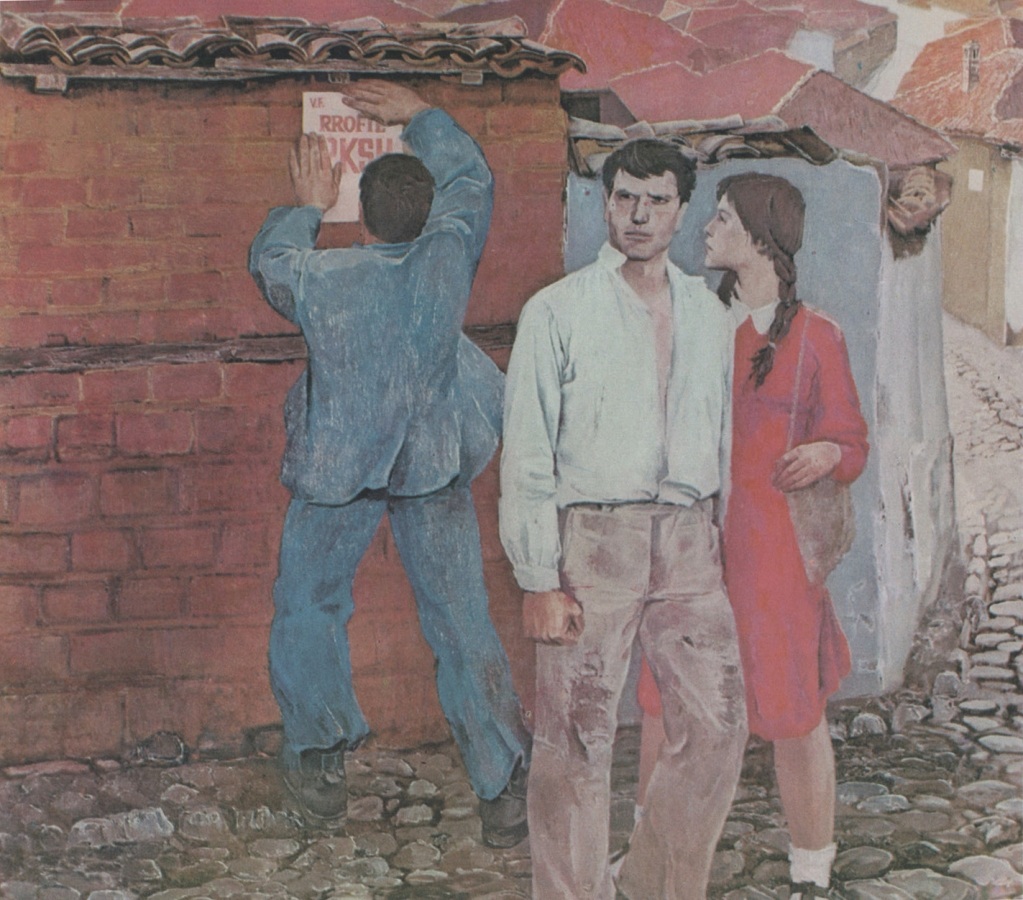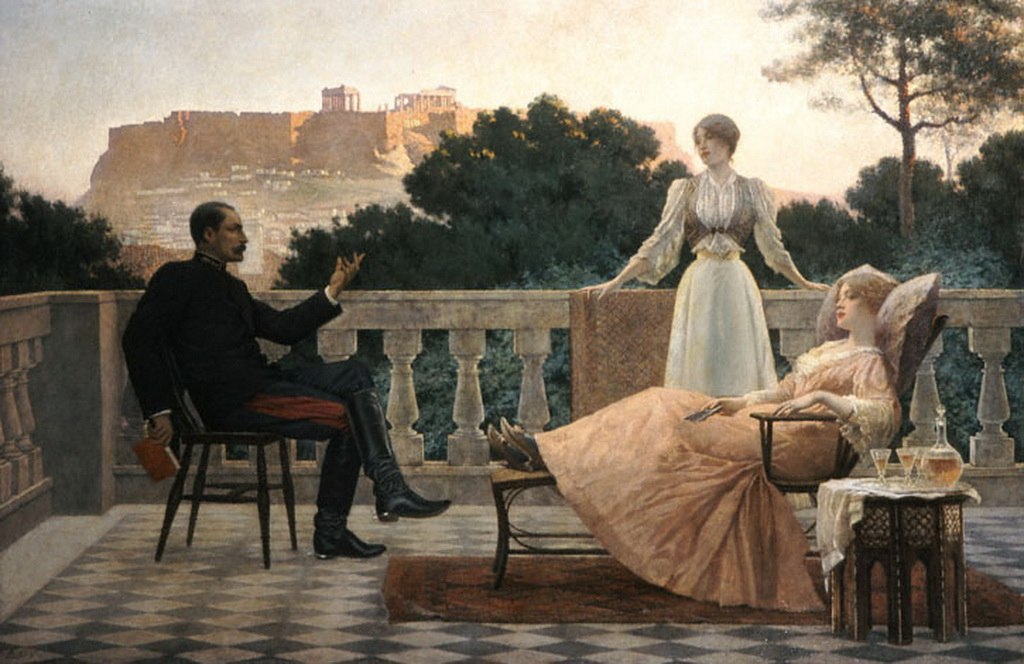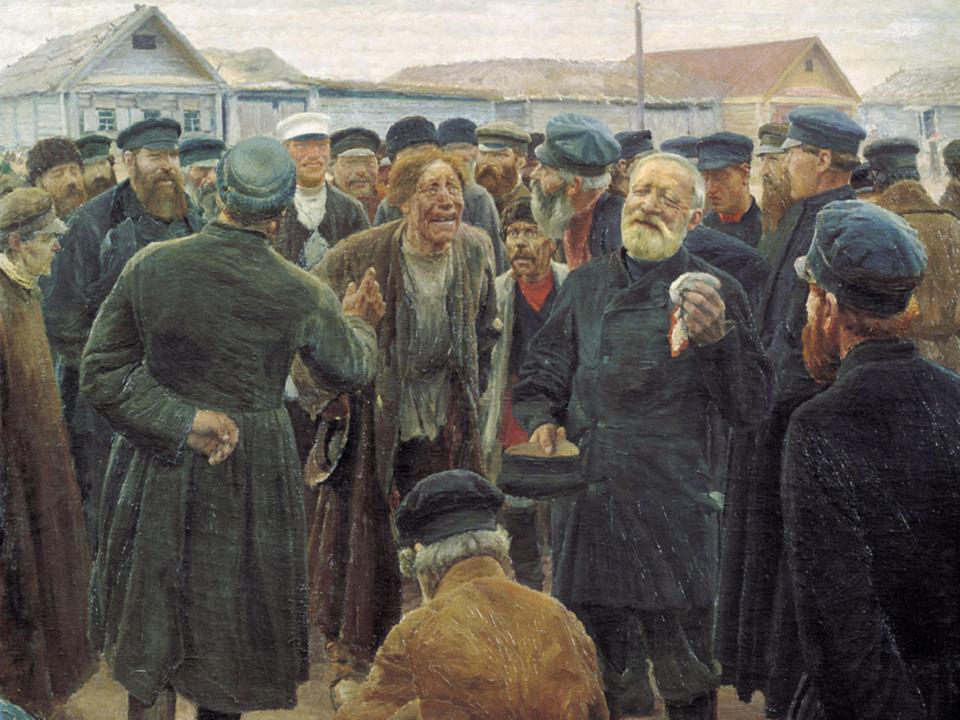One of the most notable events of the last century was the end of the Cold War, which quietly and rather passively removed the “Communist threat,” and fears of World War Three.
Thus, when the Soviet Union collapsed in the early 1990s, the old concerns unexpectedly faded, but these concerns brought about a different disquiet of the post-Cold war world, in which the Soviet Union fragmented into various smaller political units, each vying not only for complete independence, but also attempts at garnering economic power.
In effect, the relative stability of the Cold War, in which there was a lot of posturing, but never really a great threat of all-out war, gave way to the instability of the post-Cold War world, with various factions and groups vying for power and importance. This transformation may be analyzed through the lens of realism, both in its defensive and state-centered or hegemonic expressions.
The basic tenet of defensive realism suggests that in the face of insecurity or threat leaders will invariably pursue aggressive military and political policies, in order to ensure security.
And such was the era of the Cold War, in which there was theoretically the threat (or the perceived threat) to the Free World. These aggressive policies resulted in a balance, where both the USA and the USSR sought to gain an equilibrium whereby neither side would have the upper hand.
This resulted in a harmony of sorts, especially given the fact that the world was generally divided into two spheres of influence – Communist and non-Communist, or Free, and the various states of the world aligned themselves with either the one or the other.
Thus, the Cold War era was one in which defensive realism held sway. The crisis points during this time came two times. One in 1979, when the Iranian Revolution saw the overthrow of the Shah (who was perceived as being sympathetic to the US), and the ensuing hostage crisis, which lasted some 444 days.
The second event was the invasion of Afghanistan by the Soviet Union, which the US saw as a blatant threat to its security. Both these events had crucial impact on the two powers involved.
For the US, it led to a decline in its image abroad, and for the first time, it began to be perceived as being weak and ineffectual.
While for the Soviet Union, the Afghan campaign would prove not only to be a veritable quagmire, but also would contribute to its eventual fall and the disintegration of its empire.
Given this external threat, defensive realism allows for the government to mobilize massive economic, military, and personnel resources. This certainly defined the Reagan administration, which was nationally popular, because of these aggressive policies.
And the result was that the US effectively out-spent the USSR, which had no hope of staying abreast. And when the US felt it had the upper hand, it felt it could relax its aggressive stance, and implement a more conciliatory policy towards the USSR, which saw the era of Gorbochev and Perestroika.
This relaxation is also part and parcel of defensive realism. Thus, defensive realism policies effectively saw the end of the Cold War.
However, this eventual breakup of the Soviet empire, led to severe fragmentation, in which the various ethnic states, formally under Soviet control, began to break away, in an uncontrollable free-fall.
Thus, the end of the Soviet Union saw the beginning of a time of extreme instability, in which petty states suddenly became crucial players on the world stage, especially several of the Central Asian states housed deadly nuclear arsenals, which were feared to fall into the wrong hands. The result of this breakup was not only fragmentation, but also the assertion of age-old rivalries, hatreds, and ethnic divisions.
This was savagely made clear in the former Yugoslavia, where the term “ethnic cleansing” was introduced. Thus, in effect, the post-Cold War era was one in which hegemonic realism played itself out, and continues to do so. As well, states which seek to maximize their influence internationally, especially when they perceive that they have the upper hand, and can do so without too much risk.
This is certainly the case in the current post-Cold War era in which we see various states advancing their own agendas, because they feel they can “get away with it.” Thus, for example, we have Iran seeking to acquire a nuclear arsenal; we have Chechnya seeking to be free of Russia, and many other factions and groups.
Further, weaker states tend to cooperate with stronger ones, in order to further their own agendas. This form of cooperation is especially pertinent in the post-Cold War era because fragmentation has meant not only petty states, but also aggressive groups that fight to impose their will and ideology on others.
In fact, the post-Cold War era is one of terrorism, where terrorists group cooperate with client or friendly states in order to acquire not only shelter, but also legitimacy. Thus, there are Islamic groups that are intimately allied with nation states such as Saudi Arabia, Afghanistan, Sudan and Somalia.
This alliance offers protection to the individual groups, and provides nation-states with access to either money, or influence, or both. Thus, the post-Cold War era is a highly unstable one, in that most of the world cannot sustain the intense fragmentation that took place when the Soviet Union suddenly disappeared.
Further, the post-Cold War period is one in which religion has suddenly become a potent force to rally and motivate people to undertake acts of extreme daring and ferocity.
This was never the case during the Cold War period, in which it was imagined that religion was a tamed, and toothless force that would only serve to better the lot of humankind.
However, with the oncoming of hegemonic realism, and the effective cooperation between individual groups and nation-states, religion is the glue that gives meaning not only the actions of these groups, but also helps to unite disparate nations and people into a larger unit.
Thus, perhaps we have come circle, and ideology is again exerting its force in shaping the minds and hearts of people. Previously, it was a political ideology – the choice between capitalism and Communism.
Now it is a choice between religion and capitalism, for many in this world. The future of international relations is once again confrontational, and will continue to be so, until the religious force spends itself.
Therefore, the Cold War era was defined by defensive realism, and the result was a balance of power. In the post-Cold War era, it is hegemonic realism that holds sway, with its stress on convenient, quick alliances, and the advancement of ideology, whenever the conditions are right, and opportunity permits.


